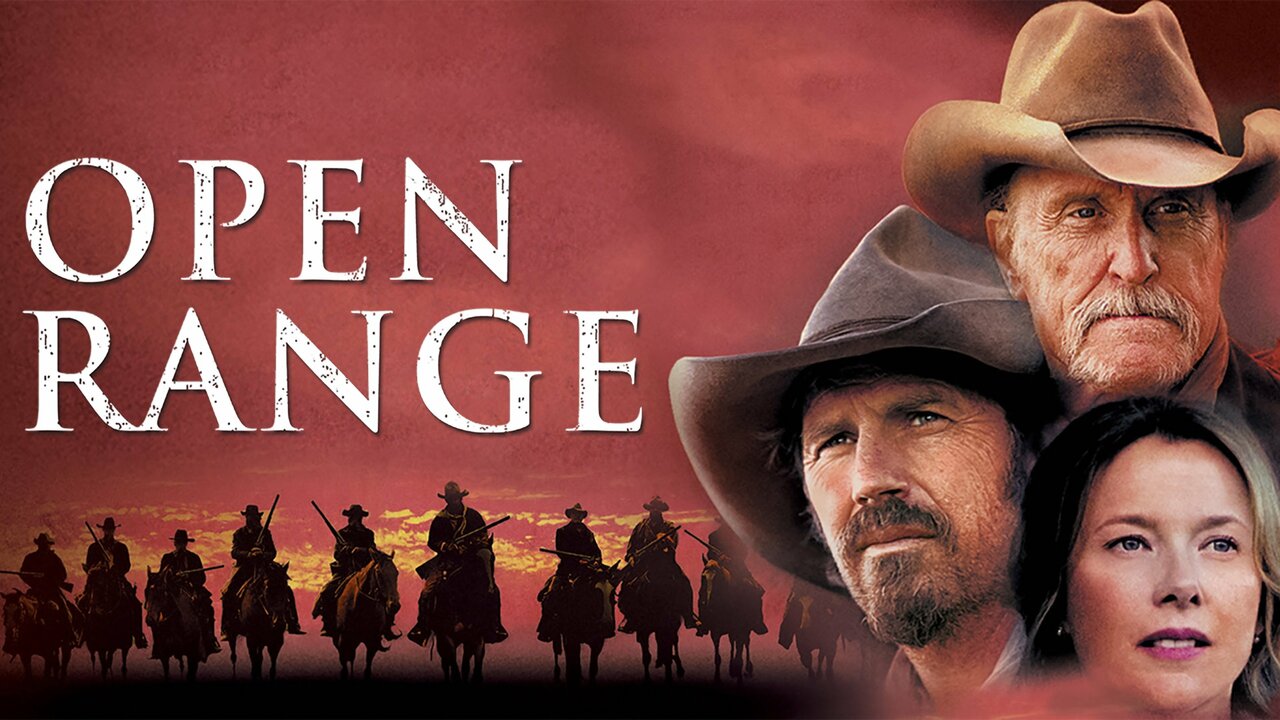Cave (2016) – Descent into Darkness, Secrets, and Survival.
Cave (2016), a tense and minimalist Norwegian action-thriller directed by Henrik Martin Dahlsbakken, explores not just the physical danger of extreme spelunking, but the psychological tension that emerges when deep-seated secrets and unresolved trauma come to the surface. Set against the cold, claustrophobic backdrop of a remote underground cave system, the film weaves a story of trust, betrayal, and the fragile line between bravery and recklessness.
The plot centers on three former special forces soldiers—Charlotte, Adrian, and Viktor—who reunite for a challenging and risky expedition into an uncharted cave deep within the Norwegian wilderness. Each has a personal reason for going on the journey, though not all motivations are clear at first. What begins as a physically demanding test of endurance quickly turns into a psychological and emotional battle, as tensions between the trio simmer beneath the surface.

Charlotte, portrayed by Heidi Toini, is the emotional anchor of the group. Strong-willed and determined, she is also haunted by past trauma, particularly connected to her relationship with Adrian. Viktor, played by Mads Sjøgård Pettersen, is more measured and reserved, but not without hidden resentment. Adrian (Benjamin Helstad), the confident and somewhat reckless leader, pushes the group forward—both physically and emotionally—often crossing boundaries without hesitation.
The central conflict in Cave is not a supernatural threat or monsters lurking in the dark—it’s human conflict and moral ambiguity. The film plays heavily on atmosphere and interpersonal tension. As the group descends deeper into the cave, old rivalries, buried feelings, and hidden truths come to light, escalating the sense of dread and mistrust. The confined, pitch-black setting mirrors the claustrophobia within the characters themselves.

Visually, the film is striking despite its minimalism. The cinematography captures the raw beauty of Norway’s natural landscapes—icy lakes, steep cliffs, and moss-covered terrain—contrasting starkly with the narrow, suffocating cave tunnels. Once underground, the lighting is limited to headlamps and glow sticks, enhancing the realism and immersing the viewer in the characters’ disorientation and growing fear.
Cave is slow-paced by design. It relies on tension and realism rather than action set-pieces, and some viewers might find the plot too restrained or the dialogue underwhelming. However, the film benefits from its psychological focus. There’s an underlying sense that the deeper the characters go, the more likely they are to confront not just danger, but their own demons.

The film’s twist—without spoiling too much—raises questions about trust, morality, and survival ethics. It’s not a traditional horror or action film, but a survival thriller with emotional stakes that peak in a dark and surprising climax.
In conclusion, Cave (2016) is a moody, character-driven thriller that uses its simple premise to explore complex emotional terrain. It’s not about what’s in the dark, but what the darkness brings out in people. For those who enjoy minimalist survival dramas with an edge of psychological intensity, Cave offers a chilling and thoughtful descent into both physical and emotional depths.


-1751940697-q80.webp)